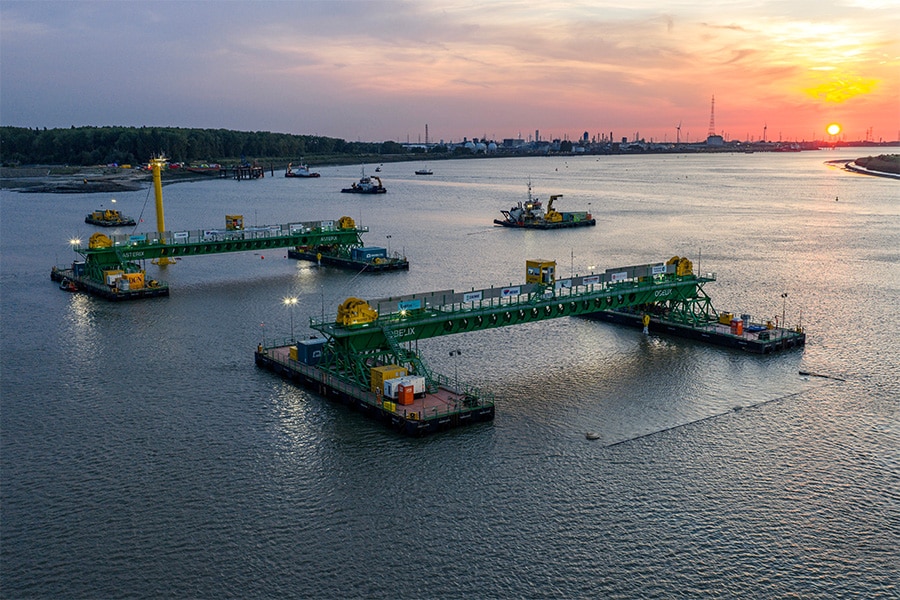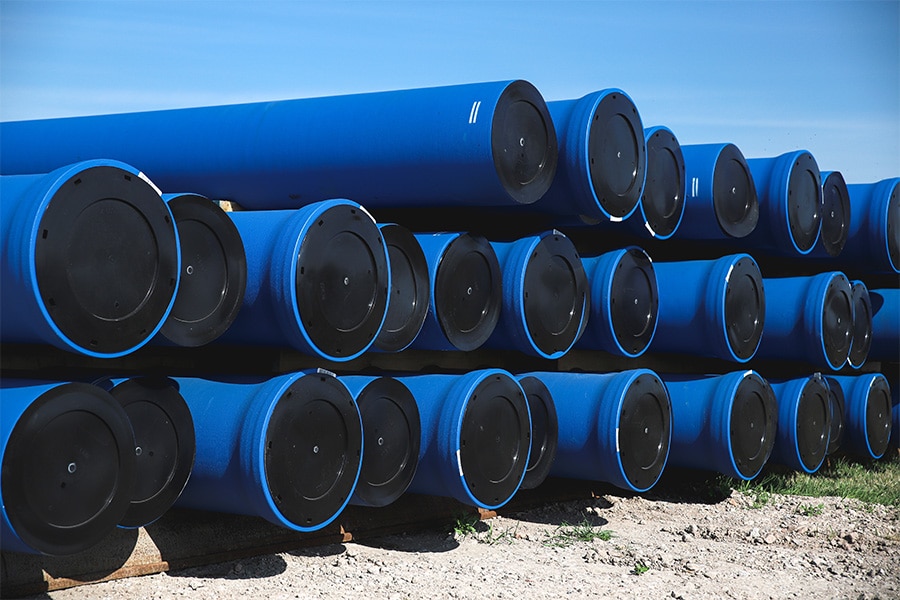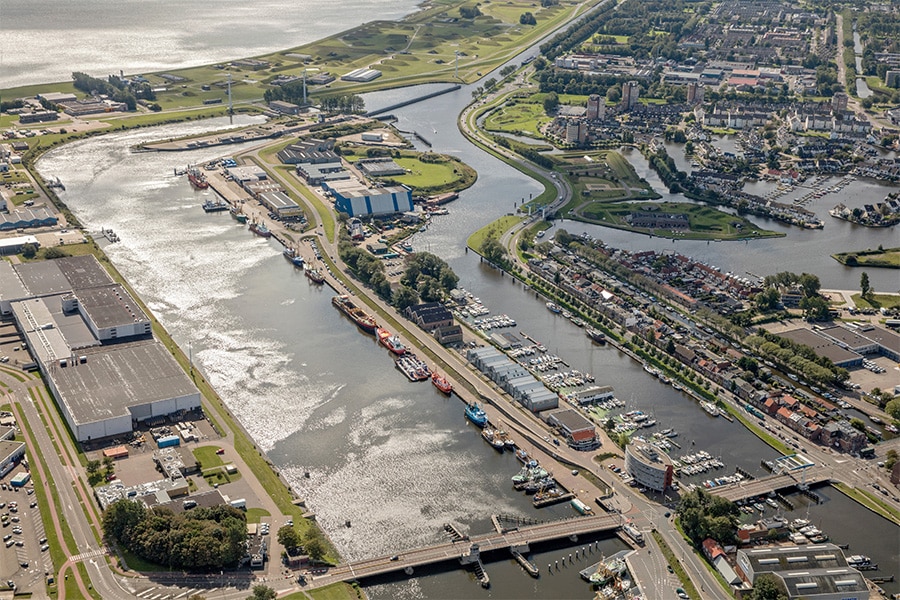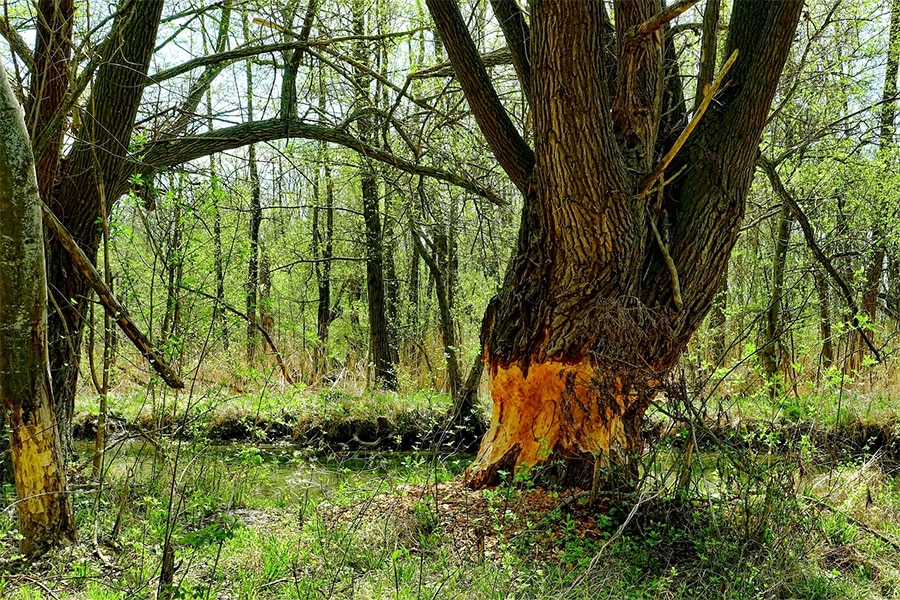
Nature and safety in the Netherlands hand in hand
Rijkswaterstaat manages a surprising amount of (potential) nature. Along national roads alone, there are some 18,000 hectares of roadsides under its management. Rijkswaterstaat also looks after large bodies of water like the North Sea, IJsselmeer and Wadden Sea, and banks and floodplains along rivers like the Meuse. “Our primary task is to keep the Netherlands safe, livable and accessible,” says Freek van Gestel, Ecology & Living Environment Asset Management Advisor. “In doing so, we always look per area for co-option opportunities: how can we connect ecological measures with safety?”
Together with colleagues, Van Gestel is responsible for managing the Meuse and the Meuse canals in South Limburg, a vast area where ecology and safety constantly intersect. Rijkswaterstaat works here on river widening projects, while at the same time much attention is paid to improving the ecological quality of the Meuse. “Think of the restoration of nature-friendly banks, stream mouths and the construction of new channels,” Van Gestel explains. “My role is to preserve and strengthen biodiversity. We do that together with our current contract partners Van Doorn and Idverde, who both advise and execute.” Maintenance contracts contain clear requirements on how the area should be managed. “Along the Juliana Canal, for example, we have problems with Japanese knotweed,” Van Gestel explains. “Together we map out where this exotic species is growing so we can take targeted action. The same goes for roadside management: when do we mow which part? And how do we ensure that old trees along the canal remain safe?”
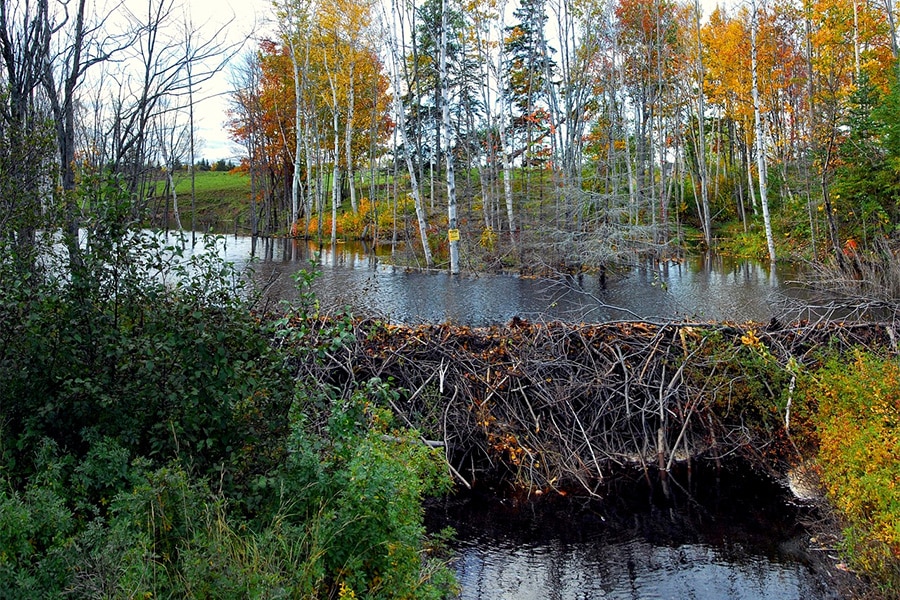
Safety versus ecology
With every decision, Van Gestel seeks the balance between safety and nature. “Safety always comes first,” he emphasizes. “On the Meuse, we are working on river widening projects to protect the hinterland from high water. That means, for example, that we don't want beavers in dikes because their burrows can affect stability. Willow groves along the river also require attention: every cubic meter of wood holds back water, which can lead to problems elsewhere. The more space the river gets, the safer it is for the people who live behind it. For the same reason, the dikes along the Juliana Canal are also regularly monitored and the digging activities of beaver and badger are closely followed.”
Seeing opportunities
A major challenge is working according to the codes of conduct and the Environment Act around protected flora and fauna. In addition, the Water Framework Directive (WFD) plays an important role. This demands nature-friendly banks, restoration of habitats and improvement of water quality. “Yet these rules also offer opportunities,” Van Gestel says optimistically. “If we can link measures for safety with nature restoration - the coupling opportunities - then we win twice. The river widening projects near Nijmegen, with their co-flowing side channels, are a good example. In certain periods these fill up with water and become real hotspots for dragonflies and other insects.”

Space for the Meuse
Over the next few years, Rijkswaterstaat is working to ‘de-stoning’ the Meuse River. “In the past, the river was actually contained with stones in the banks,” Van Gestel says. “But we learned from recent high-water periods that the Meuse does not allow itself to be contained. Now we are removing stones in some places - a measure from the WFD. This not only improves water quality, but also gives the river more room and strengthens biodiversity. A wonderful example of how safety and nature can go hand in hand.”
